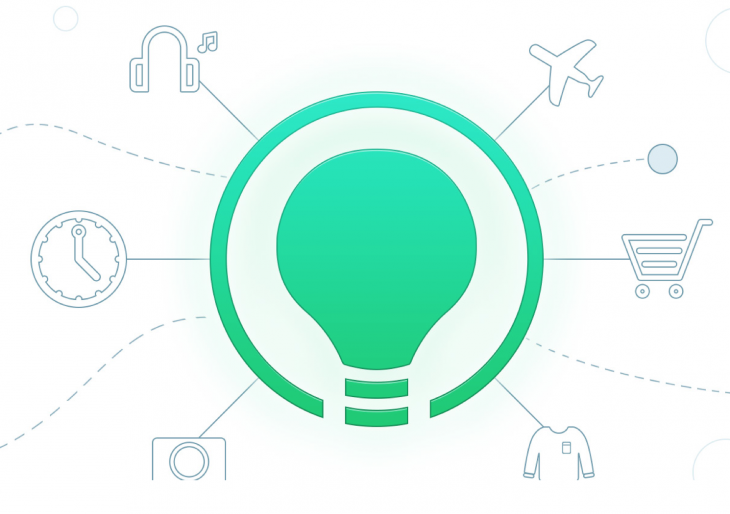
Adam Benzion is the co-founder of Hackster, a global community for hardware hackers and starters. A Microsoft alumni and a hardware entrepreneur, Adam also moderates The Hardware Startup group on LinkedIn.
In 2010, I started an exploration project based on a common hardware problem: short battery life in mobile devices. Together with my co-founder, we kicked off a 20 months adventure with two major aspirations: develop smarter charging technology that increases energy efficiency by 30 percent ahead of existing products, as well as research embedded solar technology for energy replenishment.
In the midst of it all, we also kicked-off a successful Kickstarter campaign to help us get going and deliver a retail-ready battery case – a real product.
Looking back at the naivety of what I considered “doable” makes me cringe. I’m one of the many who can tell you how rewarding such a venture can be, but also how challenging, costly and frustrating the process is.
Had my startup not being gobbled by a leading accessories maker in 2012, it would have probably faced bankruptcy. Not because the technology was still young, but simply because I tried to do too much with too little resources. And I didn’t know any of it at the time that turned out problematic down the road.
I’m not trying to scare anyone away, the contrary. I’m here to tell you that you can do it, and to show you how to do it in a way which reduces risk, cost, and frustration.
What you should know about bootstrapping hardware startups
To save you and thousands of other aspiring hardware entrepreneurs a lot of self-inflicted pain, I created The Ultimate Guide To Bootstrapping Hardware Startups. Free to download, share and copy.
This guide aims encourage hardware entrepreneurs with the resources, processes and tips to help you build something out of nothing. It’s a collection of knowledge from seasoned engineers, manufacturing experts, supply chain pros and proven hardware entrepreneurs I either researched or personally know from the likes of XBOX, Kindle, LifeProof, Moment, OtterBox, Highway1, HAXLR8R, Bolt, TI and Apple.
It’s a collection of resources, best practices and experiences that are invaluable for your hardware starters.
Here’s a snippet below.
Gate 1: Explore
Let’s get started. Before a single nut is connected to a bolt, there is an idea, and with it, many questions must be answered.
This is not a moment to overwhelm yourself with the details—there will be plenty of time for that later—but it’s also not the time to start playing with prototypes.
You will be better off in the long run if you make your way through the list to follow and see what you come up with.
Define your customer segment
What problem are you solving? Whose needs will be served by your product? Would you buy this product? What will the product cost at retail, and is that in line with customer expectations? How big is your market?
Build a marketing requirement document
What does your brand stand for? This is not the same thing as a company name, logo or tagline, but what you represent. Brand identity is a huge part of today’s marketing world.
There are customer needs, and customer wants. The question your product answers may be mundane, but that doesn’t mean you can’t make it sexy. Test your idea’s seduction power with Google Ad Words hitting your “future website.”
By the way, it’s probably never too early for Intellectual Property and trademark consultation, just for peace of mind.
Involve others whenever possible
Find mentors and advisors. Tap people who you trust. Whenever you can, talk to people who have done this before.
Validate assumptions. Talk to at least 20 strangers about your product. Gauge their enthusiasm, listen carefully to their questions and don’t assume you have the answers yet.
Build the right team
Yes, you need a skilled team, but an entrepreneurial startup has to be stocked with risk takers. Look for resilient, persevering types who can keep each other motivated when frustration levels are high.
Take technical classes, get involved, and learn new things
Cost is key, figure it out early
Create cost estimates. Prototypes are expensive and so are the engineers who build them. At this point, a full Bill of Materials will not exist, but accurate cost estimation is still important.
Map your funding strategy. Cash flow is often the thing that makes or breaks hardware startups. A funding strategy can take many forms, (and of course will be considered more thoroughly when we get to “Fund”), but it needs to be on the table as early as possible.
Grandiose products, even at this early stage, will come back to bite you later if you can’t command top dollars when you sell them. Margins are business killers. I felt it first hand and it was ugly. It’s never too early to think about costs.
Build an experience, not a product
You are committing to deliver a physical product, and although we aren’t at “Prototype” just yet (that’s next), this is the time to sharpen your drafting pencils and contact with the outside world that will help you define the xperience you need to deliver in order to succeed.
Develop visual concepts of software, hardware and people coming together in several use case scenarios. Make them pretty, 3D renders, these are like ecstasy for the soul and they keep you going to keep you inspired.
Define your product and experience architecture: Design is nice, but what happens under the hood is more important, and as why people would bother to use it and how it translates to everyday use.
Define your software strategy. Be mindful of the Internet of things, APIs. Will you need to consider interoperability with other devices? Probably yes, so how does that work? How does it look like?
Engaging a professional team to help you build the product? Do it after you’ve defined the core of you invention, the desired experience and brand.
Over-communicate with your team and vendors; insist on “return on experience.”
Hardware, fun hardship
The allure of materials, finishes, colors and lights, software and utility all coming together is the magic many of us can’t resist. In the end, the world will have access to an invention that you came up with, so make sure you do this right, following the right steps and talking to the right people.
Want more? For further details on how to bootstrap your hardware startup, download the full guide, share or forward, then go build something!
Get the TNW newsletter
Get the most important tech news in your inbox each week.



